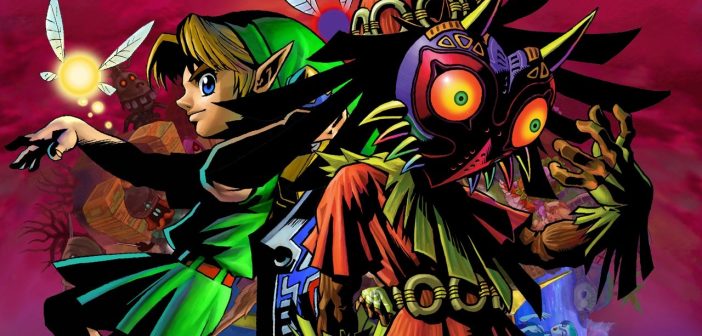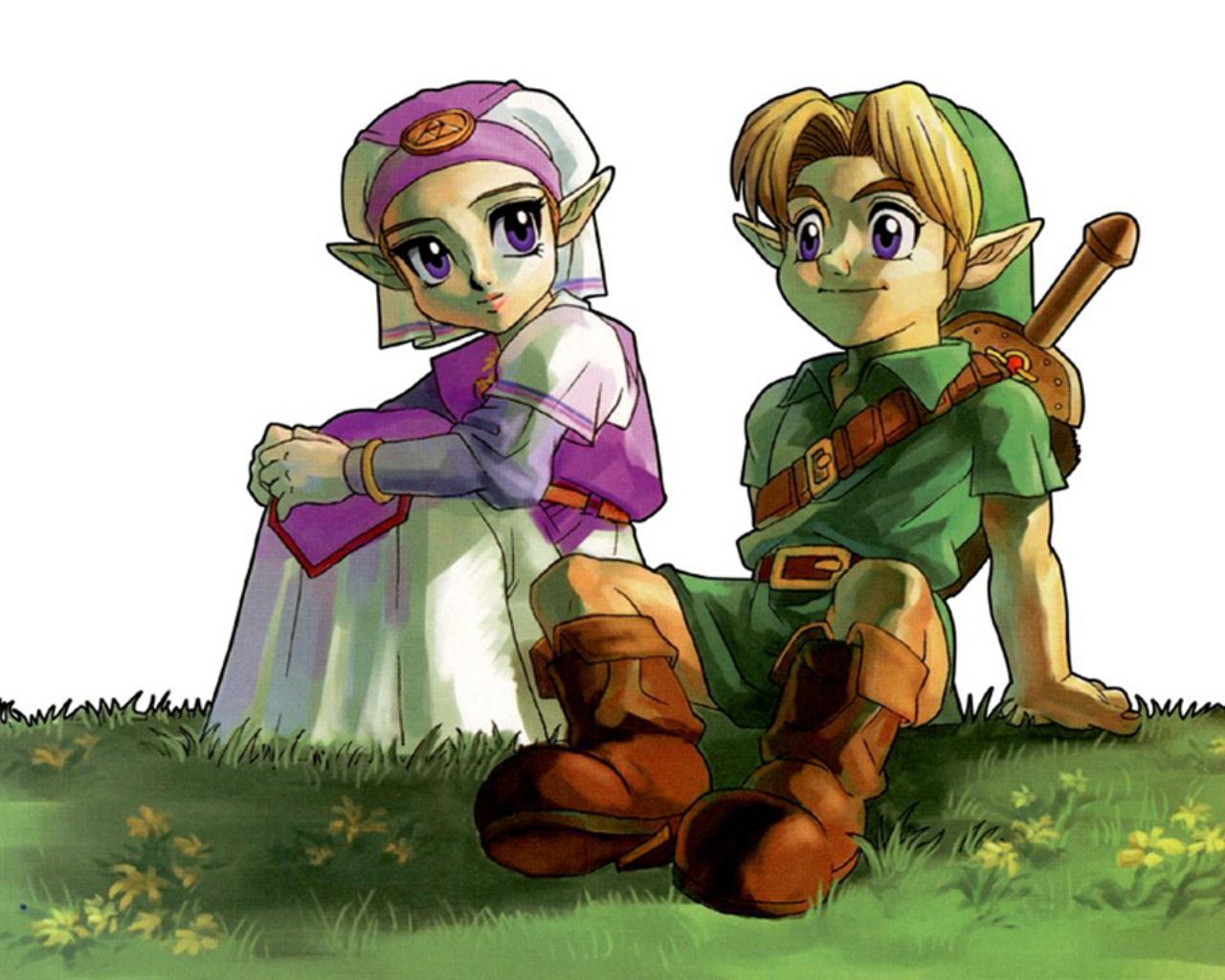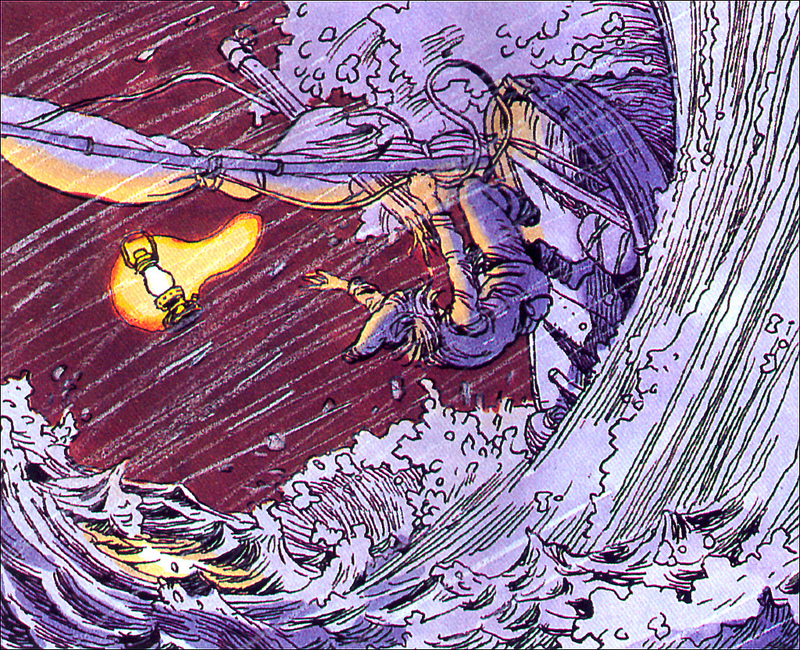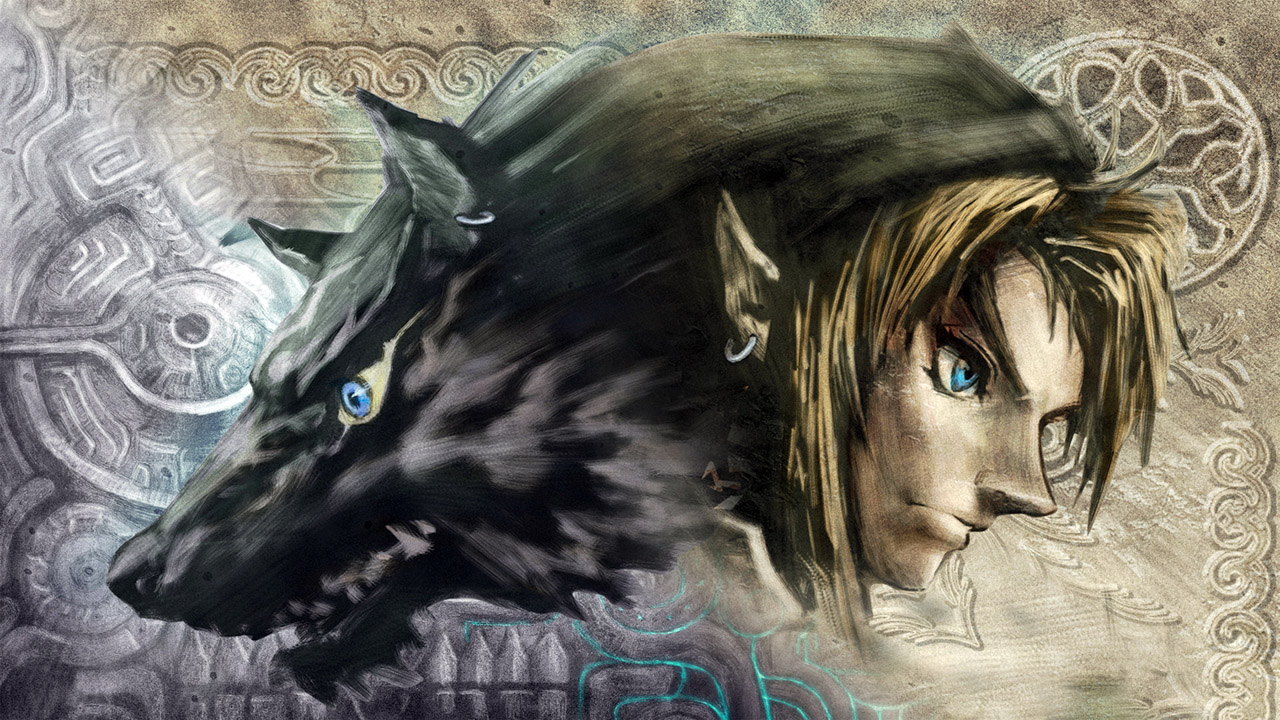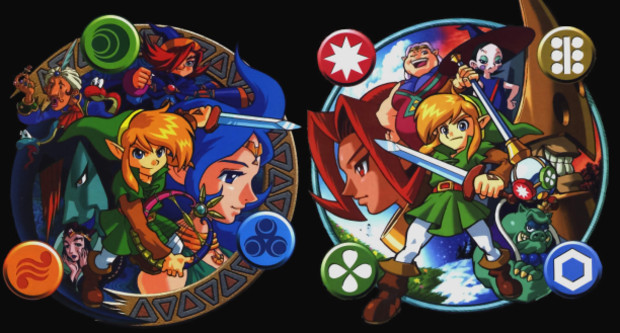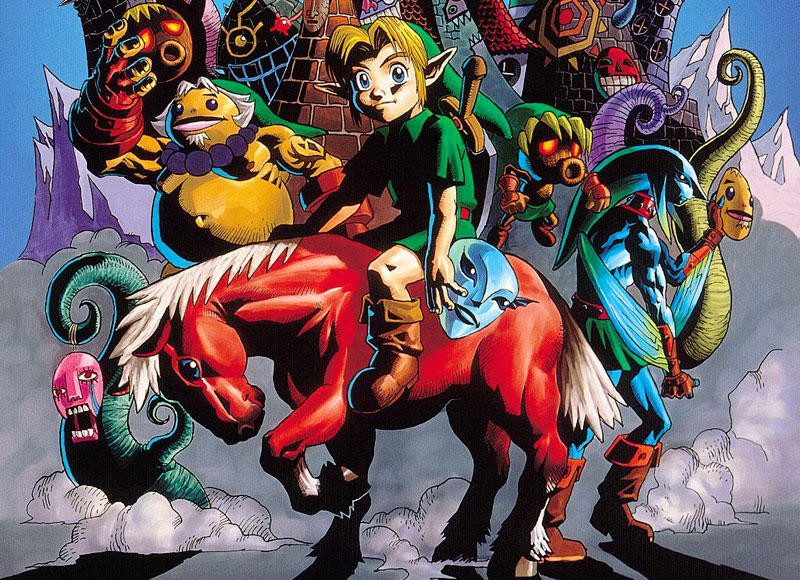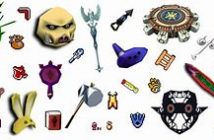Disclaimer: This article was written by a member of the Hidden Triforce team. The information, opinions, and beliefs displayed in this article belong to that of the author and do not represent the Hidden Triforce as a whole.
Unfortunately, today marks the last day I write for the Hidden Triforce. But I have been excited to write a special piece about my favorite games from one of my absolute favorite series. This is something I’ve been wanting to do for a while and thought it would be a fitting, final piece. I sincerely hope that you all have enjoyed my articles and will enjoy this last one as well! With that, here are my top five favorite games in the Zelda series and why.
#5: Ocarina of Time
Many folks in the Zelda community had the absolute pleasure of growing up with what can be considered some of the most memorable games of all time on the Nintendo 64; Ocarina of Time is certainly not an exception. Ocarina of Time is a timeless classic, in my opinion, and will always be one of the most nostalgic games for me. Around the age of 6 or 7, my aunt had given me and my brother a Nintendo 64 and some games. Star Wars Episode I – Racer, Namco Museum 64… and Ocarina of Time, which was the game that introduced me to the Zelda series.
I will always remember playing this game, or watching my brother play, on weekend mornings instead of watching cartoons. Whether we were stuck on a dungeon or exploring (what was considered at the time) a large Overworld, it was always a ton of fun. While we were playing one day, my brother and I were unsure of how to get into Lord Jabu Jabu’s belly. Our dear dog Mushu, who unfortunately passed away in 2012, had stepped on our Nintendo 64 controller, conveniently pressing the C buttons. Doing so released the fish in a bottle my brother had caught for fun, allowing us to enter the temple. It is one of our fondest memories associated with the game.
But regardless of the good ol’ days, Ocarina of Time, along with other awesome Nintendo 64 games, helped revolutionize 3D gaming. Its memorable, separately-themed dungeons influenced future dungeons, making them a classic part of the Zelda series. Is it the absolute best Zelda game of all time? Not in my opinion. But it certainly brings back good memories and is always enjoyable to play.
#4: Link’s Awakening DX
Growing up with the Pokémon games, I have always been a huge fan of handhelds, and Link’s Awakening is, in my opinion, one of the best handheld Zelda games up to date. Aside from my top favorite game, it is one of the most emotional ones I’ve had the pleasure to play, though it isn’t exactly emotion-inducing until the end of the game. Link’s Awakening has a distinct story that is extremely different from most of the Zelda games even to this day. After Link beats Ganon and creates peace within Hyrule, he embarks on a sailboat journey to train in foreign countries. But as he returns to Hyrule he is faced with a monstrous storm and his ship is unfortunately destroyed.
When Link wakes up, he is washed up onto Koholint Island’s Toronbo Shores, before being tended to by Marin and her father, Tarin. Koholint Island is an especially unique setting as it is an island with multiple diverse regions including prairies, swamps, deserts, and mountains.
As Link travels through these regions he comes across many new kinds of enemies, some of which were even featured in Super Mario games. Link’s Awakening has the most Super Mario enemies of any Zelda games. These consist of Goombas, Piranha Plants, and the Super Mario Bros. 2 boss known as Wart. And these are just the enemies that have connections to the Super Mario series! Princess Peach and Yoshi also make cameos in the game.
On top of these silly additions, the final boss is probably my favorite part of Link’s Awakening. I find its boss one-of-a-kind, completely separate from Ganon or Ganondorf. Because it’s the fourth installment of the Zelda series, it is the first game to have a villain other than Ganon or Ganondorf as the main antagonist. I can’t help but appreciate the unique design and fight the Nightmare had. The fact that Link dealt with Nightmare’s forms he fought in other incarnations is, in my opinion, a kickass concept.
After this neat fight, players are hit hard with an emotional ending revealing that Link’s journey was a dream. Whether or not you invested hours into the game, or played it for fun, it was always saddening to see the inevitable, heart-wrenching end that Link’s Awakening had.
#3: Twilight Princess HD
Twilight Princess is ultimately a favorite of mine because of its story. In it, Link is a ranch hand in Ordon Village living a peaceful life amongst the small town folk. It isn’t until his village is attacked by Bulbins, and in an attempt to save them, he is grabbed by a mysterious creature and pulled into the Twilight Realm. Perhaps it was the Wii graphics, during its time, that seemed to bring the cut scenes to life, but the Shadow Beasts portrayed in the story were absolutely terrifying. With the help of a mischievous imp named Midna, Link was able to not only rescue the children of his village, but the monkey folk in Faron Woods, Gorons, Zoras, and eventually the Twili people of a whole separate realm.
Players are initially led to believe that Zant, the Usurper King, is the primary antagonist of the game. Aside from Midna, he is also one of my top favorite characters in not only this game but the series as a whole. As I describe in my Hyrule Warriors review, Zant’s “non compos mentis” (Latin for “not having mastery of one’s mind) design makes him a wacky villain and definitely unlike others in the Zelda series. Initially it is a major plot twist to find out that he is not the villain behind all of the conflict, but Ganondorf, as he manipulated Zant to do his dirty work. I thought this was a very cool moment in the game.
One of my favorite parts of this game is the incorporation of imp Midna as a companion and her contributions to Link’s journey. In my opinion, she is the most entertaining and memorable companion who was the most involved in the story’s plot than alternative companions in other Zelda games. Midna didn’t simply tell Link what to do, as her sassy and snarky personality wouldn’t allow it; she knew Link was capable of learning his purpose and how to help both his AND her worlds, not to mention that her physical design is unique and fitting to this game’s dark atmosphere. They became an iconic duo that made players genuinely miss their parting during the end of the game.
I played the Wii version of Twilight Princess, but personally prefer the HD version due to its cleaner and sharper graphics. But with that, Twilight Princess, in my opinion, is one of the best Zelda games. I feel like it went above and beyond with its unique story, wolf mechanic, plot twists, and debatably the best companion in the series.
#2: Oracle of Ages/Oracle of Seasons
Okay, I am VERY well aware that the Oracle series is not a favorite for most people. Perhaps it is because it’s a handheld game, or the repetitive dungeons, but Oracle of Ages and Oracle of Seasons are amongst my top favorites. Growing up, I was the Pokémon kid while my brother was the Zelda kid; and though I was invested in the Zelda series, something about holding a Game Boy Color and listening to the nostalgic 8-Bit music made handheld games wistful and simply memorable. The Oracle games, the only ones in the series meant to be played in tandem with one another, are colorful, unique, and the first Zelda games I beat.
In the Oracle series, Link literally works with and saves the goddesses – THE GODDESSES! This is the only game in the series where Nayru, Din, and Farore live amidst humans and contribute directly to the story. (I know that they exist in Minish Cap as well, but only during a sidequest to reside in new houses…) In Oracle of Ages, Link meets Nayru while she sings to wild animals, who are absolutely mesmerized by her voice. In Oracle of Seasons, Link meets Din with her dancing troupe, and she insists that Link dance with her. Both Nayru and Din are made out to be ordinary people until the villains of the games are revealed, Veran and Onox. These villains only existed in these games and have yet to be featured in future ones, but their designs are certainly interesting. Link is later given the ability to travel through time in Ages and change the seasons in Seasons, making his adventures in Labrynna and Holodrum significantly different.
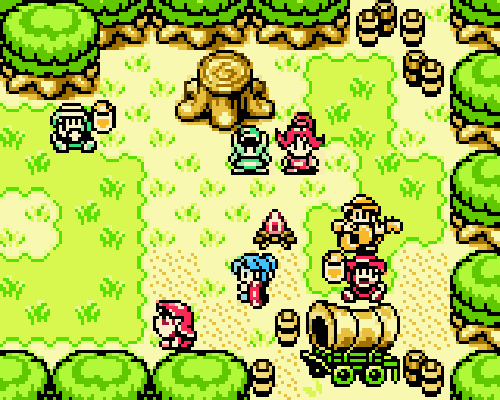
Link and Din dancing together in the beginning of Oracle of Seasons.
As stated before, Oracle of Ages and Oracle of Seasons change as a whole when “linked” (pun HEAVILY intended). The Linked Game essentially connects the plots of both Ages and Seasons in order to officially conclude the series. Many alterations exist in the Linked Games, allowing Link to witness new events, obtain new rings, and rescue Princess Zelda. In the Linked Game, after defeating Onox or Veran in their respective games, the goddesses transport Link to the Room of Rites, a dungeon special to the Linked Game. In the Room of Rites, Link fights Twinrova, and after defeating her, Ganon. The concept of linking games in order to fully complete them is so cool to me.
After beating Ganon, Link will be able to obtain the “Hero’s Secret.” This allows players to experience the game without the altered plot, essentially bringing it back to normal, but with the ability to use rings from the previous play-throughs. Honestly, I will admit, this feature is redundant… But at the end of the “Hero’s Game,” players can use the “Holodrum Secret” or “Labrynna Secret” (depending on the game) to experience a Linked Game for whichever game is left. So, with the Hero’s Secret, Holodrum Secret, and Labrynna Secret, players have the ability to play both Ages’ and Seasons’ original and altered stories on the same cartridge. Albeit, this is definitely a lengthy process, but in my opinion, it is a cool feature regardless.
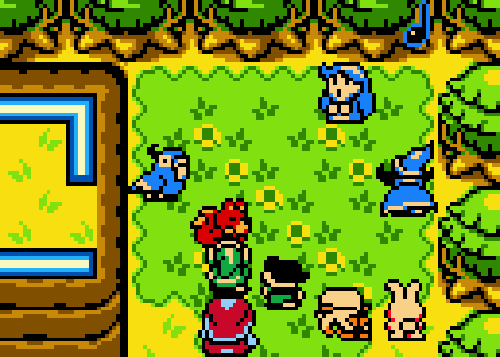
Nayru singing to Link, a possessed Impa, Ralph, and the wildlife of the forest in Oracle of Ages.
Another thing I really like about Ages and Seasons are the races that are unique to the game. The Subrosians were a hooded robe-donning, big-eyed, secretive folk who resided in Subrosia, a separate subterranean world. They danced, used ore as currency, and used portals to travel from Holodrum to their world. The Tokay were a big-bellied reptilian race that lived on Crescent Island, known to be deceitful and steal valuable things (such as ALL of Link’s items). My personal favorite race that appears in the games are the Piratians from Seasons, a silly brigade of skeleton pirates. I mean… SKELETON PIRATES! Enough said, they had a funny tune and were a light-hearted folk who just needed help fixing their cut-in-half ship. It was a huge surprise to me that the captain of the band of pirates, Cap’n, is actually Queen Ambi’s (from Oracle of Ages) long lost lover. It was one of the most notable moments in the Linked Game and sticks out to me more than the other plot alterations.
Everything from the Linked Game, to the classic and nostalgic stories, to their unique races make Oracle of Ages and Oracle of Seasons long-time favorites of mine. I always had fun in the colorful atmospheres of both games. I feel they are severely under-appreciated and amongst some of the most underrated Zelda games. In my opinion, fans that are new to the series should definitely check these games out.
#1: Majora’s Mask
Though it was tough categorizing these games, Majora’s Mask will always be my personal top favorite. I like to describe it as a dark and eerie yet colorful game with an emotion-inducing, impactful story unlike any other Zelda game.
Honestly, where do I even start with this? I thought I had this whole thing organized… Here I am in awe of the game just by thinking about it. In Majora’s Mask, I feel that players have the ability to essentially create their own destiny. In this particular story, as my buddy Chris stated, Link has to take the time to learn people’s schedules and lives in order to save the world of Termina.
He can do that, he can fight Majora as a god, he can fight Majora without help from any masks… or he can be led to an impending doom caused by a creepy, smiley moon. Whatever floats your boat, I suppose. But Link has a significant impact on the story due to his ability to manipulate time, changing his destiny as a hero. Though Link truly meets “a terrible fate,” according to the Happy Mask Salesman, the fact that he has the power to change his fate is just a cool concept to me.
Aside from that, another thing I treasure is how each mask has its own story. Whether it was worn by someone or made for a specific purpose, they are all unique, and you are given the chance to use them and grow stronger. These masks aid Link in his quest to fight what can be debatably considered one of the worst, most ruthless evils in any Zelda game: Majora.

Art of Link, donning the Captain’s Hat, speed-painted by Courtney Chitsiga on DeviantArt.
This is probably the top factor I talk about when describing Majora’s Mask, but honestly, this is one seriously emotional game. To mention some particularly powerful moments, players watch Darmani look over cheering, supportive Gorons before truly passing away and “healing” as he’s put into a mask. They watch Gormon drink himself silly as the moon’s falling because he can’t see his brothers one last time. They see a child, Romani, become brainwashed by aliens that appear on her family’s farm. They see Cremia get her little sister drunk so she does not feel anything as the moon falls. The Swordsman hides in the back of his dojo, despite displaying a sign that says he went on vacation, shivering as he addresses his upcoming death.
This side character, someone who you only visit once for a heart piece, is telling you he is scared to die, something that you have the power to change. These NPCs have individual stories, personalities, and feelings about an inevitable death… and Young Link, a CHILD, is destined to fight the evil causing it. Perhaps I am just extra sentimental about it, but this game has some truly impactful moments. It is always beyond satisfying to 100% complete this game and listen to everyone’s stories before fighting Majora as the Fierce Deity. His giant, double-helix sword, colorful face markings, bright white hair, and intimidating eyes make Fierce Deity Link my favorite Link. His design is captivating and, to put it bluntly, badass.
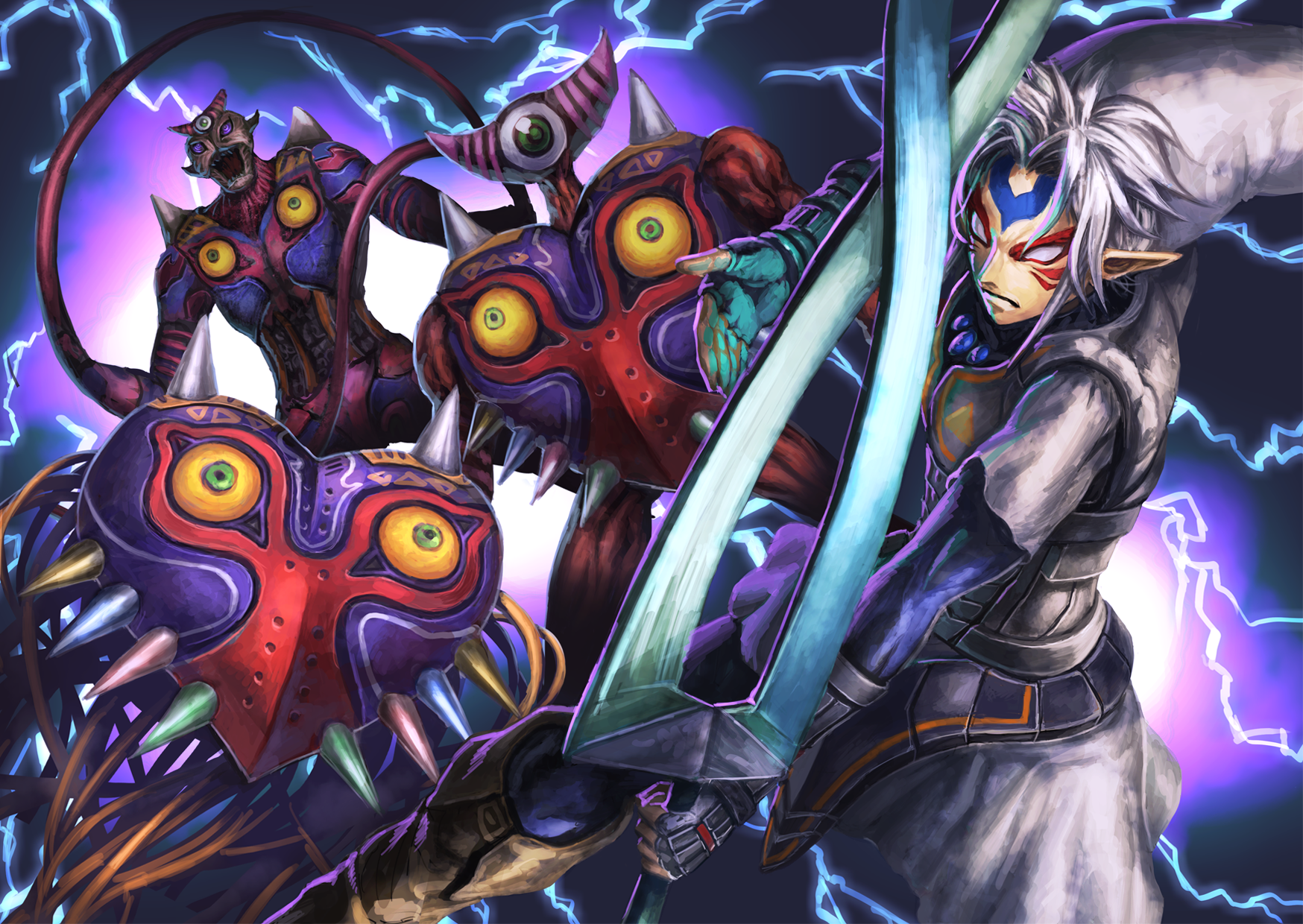
Art of Fierce Deity Link fighting Majora’s three forms, by HYTY on Pixiv.
So… for these reasons, Majora’s Mask will always be my favorite game. I appreciate its emotional story, its unique characters and their designs, its nostalgic soundtrack, and the impact Link has on each individual life in the game. Playing it will never get old, every time I touch this game I feel like I am playing it for the first time. It has its both physically and emotionally exhausting moments that help make it the glorious masterpiece that it is.
For the record, while writing this article, I hardly felt the need to say “this comes fifth on the list,” or “here comes number two of my favorites,” only because categorizing my favorite games has been quite the stressful process. I am honestly such a huge fan of this series, it feels dirty to rank them in any sort of order. The Zelda games have been a favorite of mine since I was a kid. I will be 21 in a few days and I am certain that I will be playing these kickass games for many more years to come.
Lastly, I would like to say that it has been an awesome experience being an administrator and writer for the Hidden Triforce, making new friends through it, and being able to write about one of my favorite series. I would like to thank the Hidden Triforce team as well as the Zelda community for supporting my work. It has been an absolute pleasure.
What are your thoughts on the reasoning for my top favorite games? Agree, disagree? Let us know in the comments below. We’d love to hear.

